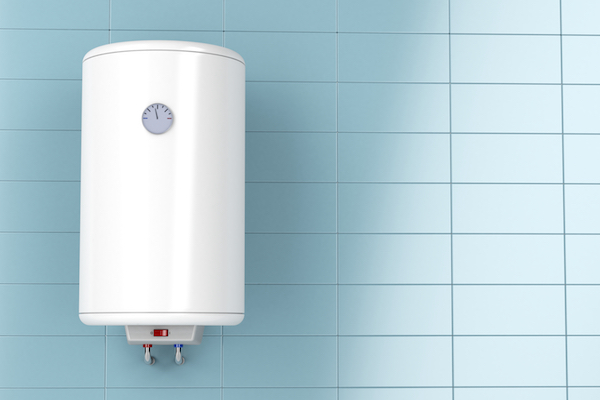Jun 07, 2017

Most people don’t think much at all about their water heaters — until there’s a problem, that is. Keep the hot showers flowing by learning regular water heater maintenance, which can extend the life of your water heater and save you from future headaches.
The best thing you can do to keep your water heater in tip-top shape is to drain your water heater annually. Here are the basics of home water heater maintenance (and tips on when to call a professional).
How to Drain a Water Heater in 4 Steps
1. Turn Off Water and Power
Safety is always first when working with major appliances. Before starting your water heater maintenance job, locate the water heater valve and breaker box.
Flip the switch of the water heater’s breaker to turn off the electricity and prevent electric shock. In the event that the water heater breaker is not labeled, turn the entire panel off. Better safe than sorry! If working with a gas water heater, twist the thermostat dial to the “off” or “pilot” position.
Next, turn the water valve off to stop flow to the water heater. Yes, this sounds simple, but it’s critical to both ensure your safety and preserve against further damage. It might also be helpful to label the breaker switch and valve for faster reference in the future.
2. Lay the Drainage Hose
Before opening the drain valve, you first need to determine the best path for the drainage hose. If possible, place the hose on a hill or a slope so the water drains away from your home. If this is not possible, just place the hose far enough away from your home so it doesn’t collect around the foundation.
3. Attach the Drainage Hose
Once you have the hose adequately placed outside, connect the other end of the hose to the water heater’s drain valve. The direction the hose is uncoiled now doesn’t matter, but make sure to coil the hose from the water heater outwards to avoid spillage after the reservoir has been drained.
4. Drain the Water Heater
Once you ensure the hose is tightly secured to the valve, you can turn the valve and let the water flow outside. Keep an eye on the water heater for leakage, but if there are no signs of this, then just turn the valve immediately. It’s important to remember that this water could still be extremely hot, so be careful not to come into contact with it.
When the water stops flowing, you can disconnect the hose, close the drain valve, and clean any drips from the drain valve. Then, turn both the power and water back on by opening the main valve and flipping the breaker.
It may take a full day for the water tank to fill completely and circulate hot running water to your faucets. When trying to use the shower or kitchen sink, you may notice the water taking much longer to heat up. Don’t worry — this is normal, and there’s no need to be concerned.
Know When to Call a Professional
Sometimes, your home needs an expert hand. If you feel uncertain about how to drain a water heater, or if the water heater is broken and in need of repair, you need to contact a professional.
We can help! For immediate water heater repair or other plumbing services near Warrenton, VA., call 540-347-3024 for a free estimate from CroppMetcalfe.